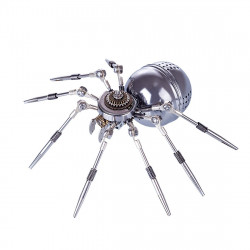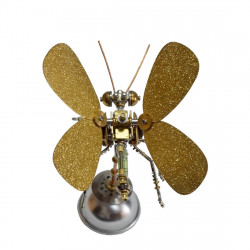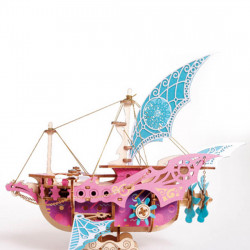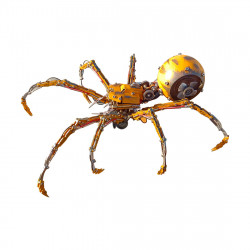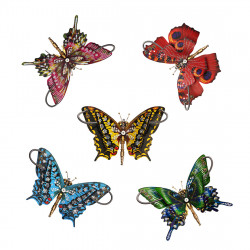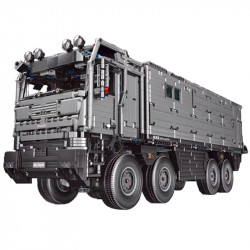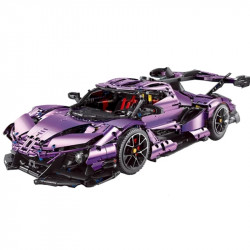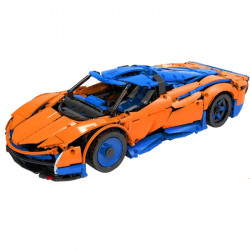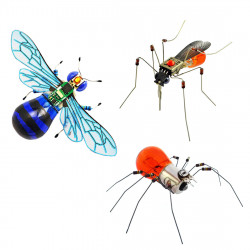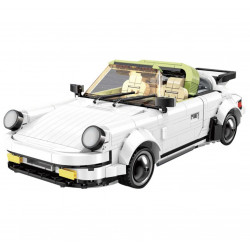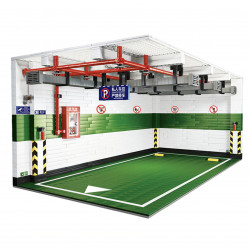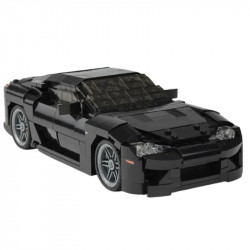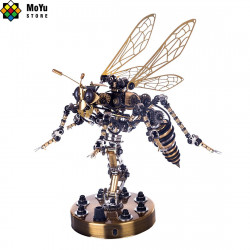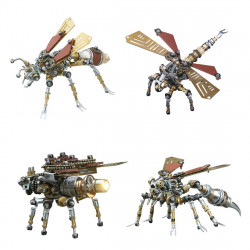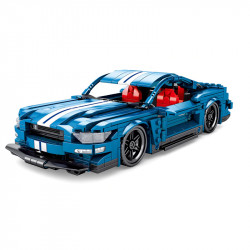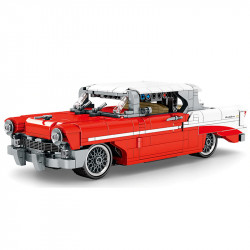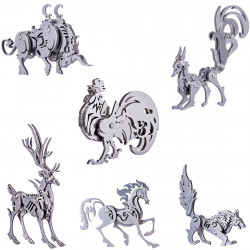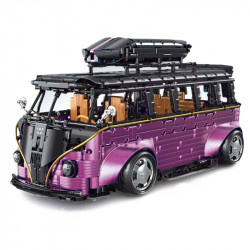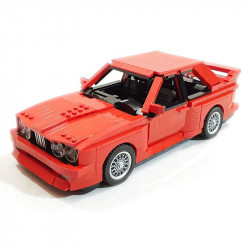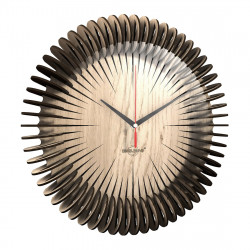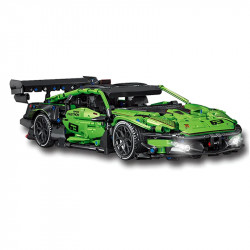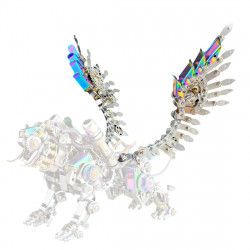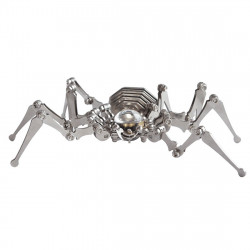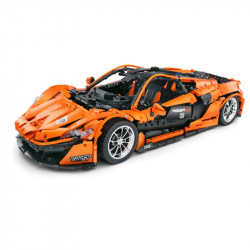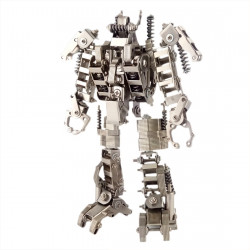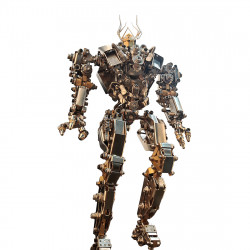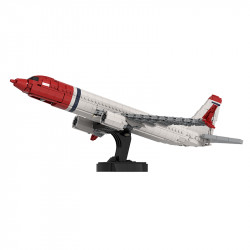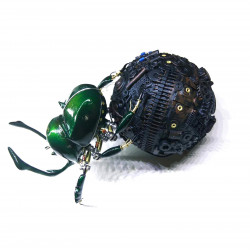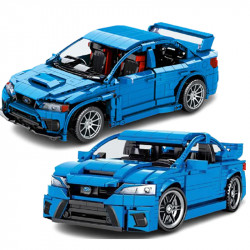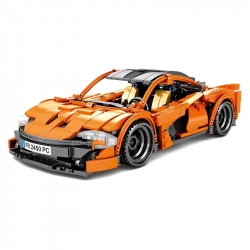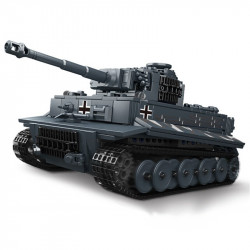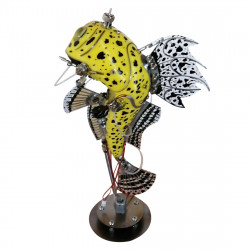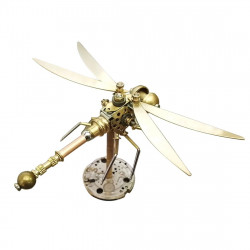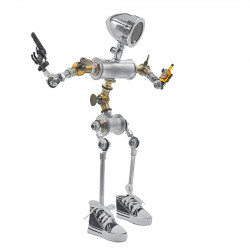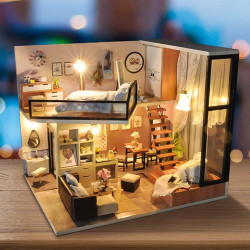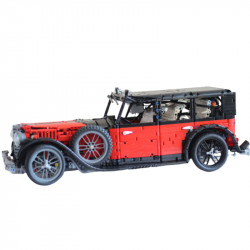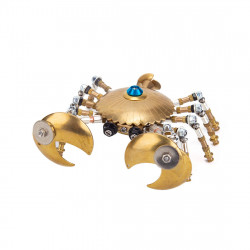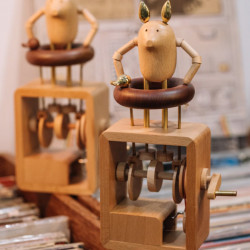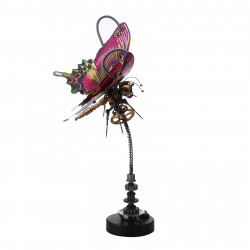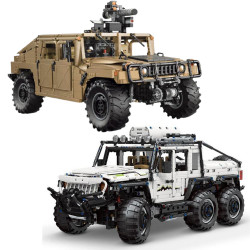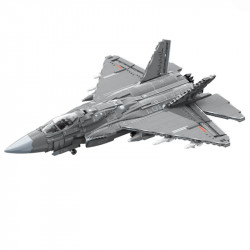Review Build: Log Truck

Review Build: Log Truck…
Since I hadn't constructed an ICONX in a long time, it was time. Fascinations has graciously sent me another model to review, the ICONX Western Star 4900 Log Truck and Trailer, so I've begun working on it. Just the Log Truck component of this model took over 7 hours to complete, demonstrating how elaborate and detailed it is. Furthermore, those seven hours took a long time to occur since I had to deal with other, more urgent matters when life took a slight toll on me. That's why I'm splitting this one into two halves so that I have something to share. Naturally, the log truck is the first component, and the trailer will be the second. Note: I haven't verified it, but the Log Truck is built quite similarly to the traditional Metal3dpuzzles model that is available for purchase.
The level of detail in this model is simply astounding. You'll have to look at my photo gallery and realize that you'll probably still miss some of the nuances, but some pleasant surprises are waiting for you if/when you build it. I can't even begin to mention all the details that I enjoy about it. However, it isn't easy to discern from the pictures that there are seats and a steering wheel within the cab. Additionally, I like that this model uses color sparingly, with few mixed-color sections (most portions are either a single color, plain silver, or a single-color/silver combination). They did a good job of using the etching and shape to show the features in sections, which is how I want to do it.
When creating this beauty, be ready to exercise patience and caution. It's undoubtedly a problematic model, but that's mainly because of how detailed it is. Although the development appears to be sluggish, it is unquestionably worthwhile. That's not to suggest there aren't any problematic aspects; instead, it's just that a number of them are... to be anticipated. Additionally, there are a few parts of the instructions that may be confusing, but if Fascinations has the chance, I assume they will update their digital instructions to make them more transparent (I know they've done it previously with other models).
As you can see, I did a poor job of closing the air canisters, which are a beast to construct. Additionally, they may take some battering during handling when the rest of the model is put together, so you may want to apply a little superglue to the tabs that hold them together (on the inside, after connecting them). I wish I had, but I didn't. One is now a little unsteady.
The engine hood is relatively easy to form. I had little trouble achieving the curve with the use of a tiny drill bit. The small side flaps, however, perplexed me a little because they seem to have the engraved banding that would suggest that they should be curved, but in reality, you fold them at a straight angle.
The next task you will face is forming the front wheel fenders and wheel wells (parts 9 and 10). It is never easy to join curves that are at different angles to one another, less alone when they are connected. Having them tied to one another makes things easier. The fenders were unclear to me; I interpreted the directions so that I assumed the most petite strip was curved as well. It is flat and vertical or perpendicular to the most significant portion; thus, it isn't. Additionally, as you form these pieces, I suggest putting the tabs through the slots from the outside in. When pieces 11 and 12 can be attached flush to the wheel well without a tab in the way, it's a little more complicated, but it pays off.
Up until you get to the side-view mirrors, building the cab body is relatively simple. The support bars feel like sheer guesswork, but the mirrors are still simple to construct. Additionally, I miscalculated the angle they were attempting to depict in the instructions. If there were etch marks to show where the open-ended support bars should meet the door frame, it would be much simpler. I was unable to get it into position with the support bar that folds down from the top of the door components (16 and 20), even though I believed I had it correct. In addition, it appeared from the instructions that the support bar should fold down at a 90-degree angle when it is folded, but it afterward seems to be curved out to support the mirror. Furthermore, it's unclear where that support should meet on the mirror. In the hopes of being correct once more, I decided to position it in the inner bottom corner of the mirror "box."
After that, everything went smoothly until I got to the stowed outriggers/stabilizers, which are parts 38–40. I kind really wish the thin strips you fold down to make a V on either side of part 38 were just a separate part because I had a lot of trouble assembling that. I found it really difficult to create the outriggers as it was. When the tabs in sections 38 and 39 were not level with one another, it was difficult to join the feet, and they ended up being somewhat twisted and crooked. It was as good as I could get it, albeit it's a little distorted on my build.
With a few tight tolerances, the crane fits together reasonably well, particularly when it is attached to the truck's bed or frame. The strange cage item comes next, which is likewise quite simple despite having a few long, thin folds. Your first experience with creating wheels in this model comes next, so you may as well get used to it. These two wheels are obviously very different from the others. The hub's attractive conical part is challenging to form since it only wants to fold at the holes rather than curve evenly all the way around. I advise you to be patient and to create it slowly and purposefully.
Finally, you can now fasten the cab to the frame! Although the tabs can be delicate when it comes to alignment, it's not too problematic. However, because the bottom portion of the frame fits so tightly, the real fun will start when you try to put it on. You should also take note of the instructions, which are incorrect in that they state that the painted or engraved side of part number 64 should be facing out or down. They did not flip the section in the diagram, but it is shaded to match. Therefore, place the black-painted side facing down or out, disregarding the fact that it appears to be mirrored.
One of this build's most exquisitely detailed and complex components follows. The storage spaces and steps beneath the doors. I'm impressed with Metal3dpuzzles' exquisite attention to detail, and there's a lot more going on here than I anticipated. Additionally, you should slightly pre-fold the horizontal creases in sections 65 and 72. Later on, it will be much simpler to fold it into its final shape. You can still attach all the stairs and compartments with ease if you don't fold them too much.
A metric crap-ton of double-wheels in two distinct styles comes next. Instead of finishing one in its complete and then moving on to the next, I ended up making this assembly line-style. But be careful—a row of instructions has a couple of x2 multipliers in the center, followed by an arrow that points to an x2 or x4 multiplier at the end of the row. For each occasion of the last multiplier (totaling x4 and x8, respectively), you will have to repeat the first segment. As I was figuring out the parts, I became a little puzzled.
Two further sets of steps are then formed (so many steps!). Furthermore, I'm referring to the objects you walk on rather than the steps you take to finish a task. I only now became aware of that ambiguity. Well, anything. In any case, you'll be ready to complete this build by attaching all those wheels after you make a few identical sets of stairs and struggle to get them attached around what I think are the gasoline tanks (one of the folding tabs on the fuel tank will probably get in your way).
